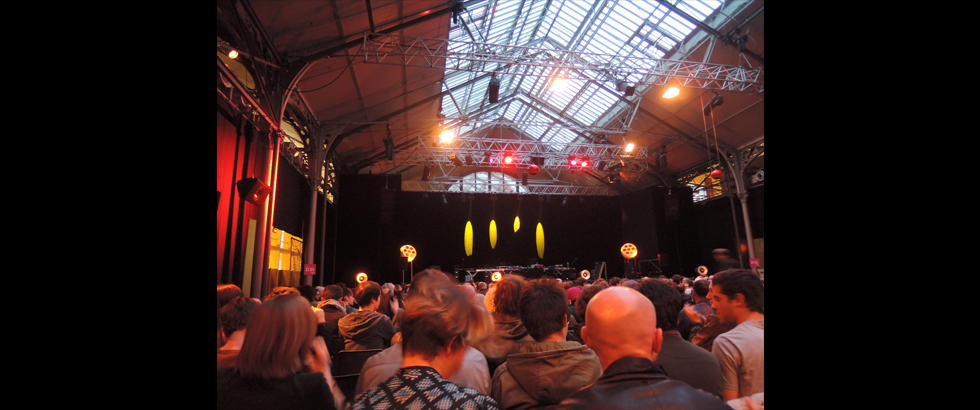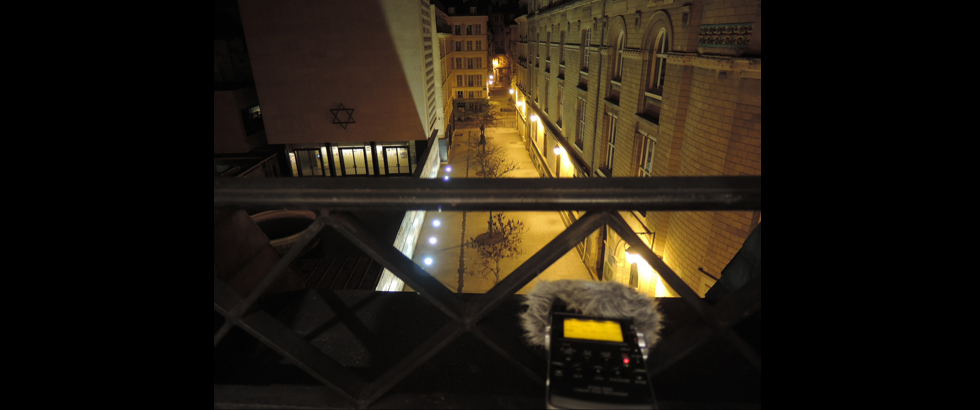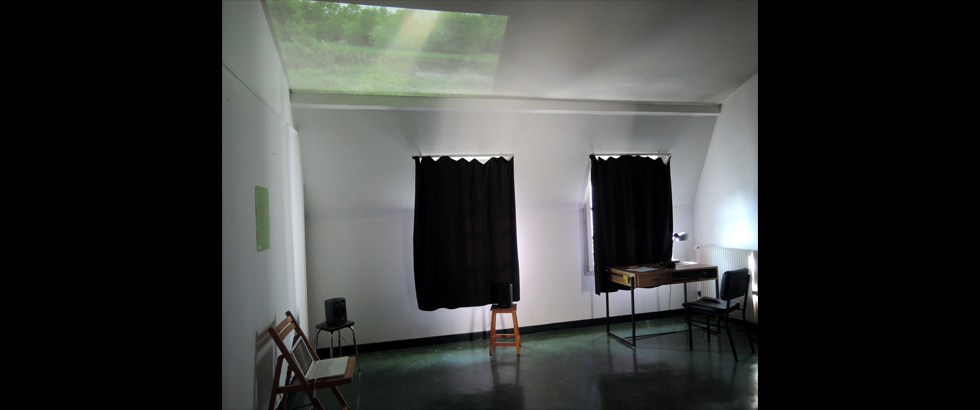Artists
Photo Credit: NIU Chun-Chiang
HSU Yen-Ting
HSU Yen-Ting
| Location | France / Paris |
|---|---|
| Residency | Cité Internationale des Arts |
| Year of the Grant | 2013 |
| Work | "La Nuit" & "Un Lieu" |
| Personal Website | HSU Yen-Ting's Personal Website |
Her work is various and has been shown internationally, including exhibitions at Taipei Fine Arts Museum, Taitung Art Museum, Taipei Artist Village, Perth and New York; audio documentary “Waterland” in 2018 Taiwan International Documentary Festival (TIDF); performance “Soundscapes” in 2019 Lacking Sound Festival, Taipei, “Gui Shu (Belong)” at Perth Institute of Contemporary Arts (PICA), and “Noise Assembly” at 2018 Asian Meeting Festival and Taipei Art Festival. Her collaborative album “Rooty Metal” with A Root was nominated for 2018 Gold Indie Music Awards in Taiwan. The project ‘Relight+MUSIC’ collaborating with zhēnzhēn glass lab won the Silver Prize of Toyama International Glass Exhibition 2021.
There are, in general, three types of AIR programs out there: condensed AIR (within 1 month), short-term AIR (2-3 months), and long-term AIR (3 months-1 year). I had experienced the more focused type of AIR before. It was similar to working on a commission. The resident artist could get to know a site briefly and give appropriate feedback. Due to the limited timeframe, however, the understanding of the site as well as the feedback could also become limited.
The AIR program at Cite is relatively long. The arrangement of live-work studios provides artists individual spaces to focus on his or her work. The AIR period is almost 6 months long, and allows artists to ground themselves in the city and better plan for the coming days before getting to work full-speed. By attempting to live in a city, one gets to know the city and view it from the perspective of a resident. He or she would begin to understand the different policies, educational systems, living environment, and peoples of the place. Also, due to the ample AIR time given, one would experience differences in thinking, mindset, and subject of focus throughout the 6-month span. This transition is an interesting subject for investigation as such, and is also a part of oneself that could be slightly difficult to discover when caught in the midst of living and working. During the second half of my AIR at Cite, I discovered that my senses had become more diligent and observant. I could investigate things in a quicker and more particular way, and became more sensitive in reading other artists’ works. I could generate more in-depth responses to different people as well as materials. This awareness had been a huge plus to my AIR experience.
Regarding sound art, there are all types of sound projects, exchange platforms, performances, and exhibitions all over France. There is also a wealth of sound art, contemporary music, and experimental music resources to be discovered.
What is worth mentioning is that the Taiwanese artists chosen for the same AIR period as I all came from different professional backgrounds. We were able to share our experiences with each other, and hence understood different viewpoints. This type of exchange had been invaluable to my time in Paris, a city with a constant flow of art activities.



